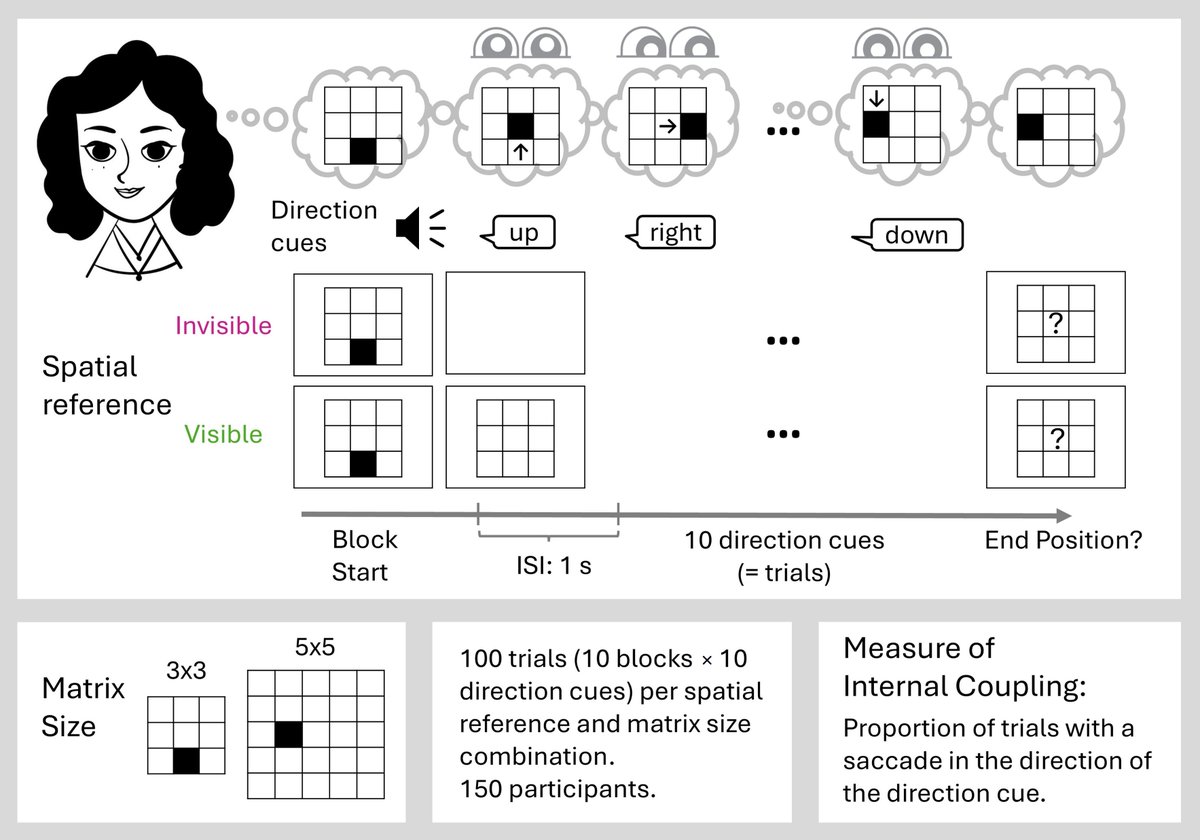
Cognition
@CognitionJourn
Followers
1K
Following
91
Media
259
Statuses
1K
EiC team: Johan Wagemans, Ian Dobbins, @Ori_Friedman, and @katrien_segaert Tweets by social media Editor @ClaudiaSehl
Joined June 2023
"Deaf homesigners can create the foundations of phonetics and phonology without an adult linguistic model". 📢 New paper from: Sotaro Kita, Diane Brentari, & Susan Goldin-Meadow.
Our paper showed children can create foundations of phonetics and phonology: discreteness of form units and duality of patterning. We analyzed handshapes in homesign (gesture by deaf children without linguistic input) and mothers' co-speech gesture.
0
0
1
RT @cocosci_lab: Paper now out in @CognitionJourn shows that people make suboptimal decisions about how to make investments to mitigate exi….
0
4
0
Children are able to differentiate fake news from real news even before exposure to fake news on social media. This ability improves with age and even more so with cognitive reflection or the disposition to question an initial intuition @andrewshtulman .
0
4
10
"Self-portrait of a stranger: Self-face representation and interoception in depersonalization experiences". 📢New paper from: Lara Maister & Anna Ciaunica.
How do people with depersonalization (DP) see themselves? Our new study in @CognitionJourn used a "self-portrait" reverse correlation method to show that more severe DP symptoms are linked to highly detailed - but strikingly inaccurate - mental images of the self-face in memory.
0
2
0
Full paper and materials: Authors: Rosie Aboody (@AboodyRosie), Isaac Davis (@Isaac_Davis_8c), Yarrow Dunham (@yarrowdunham), Julian Jara-Ettinger.
0
0
2








